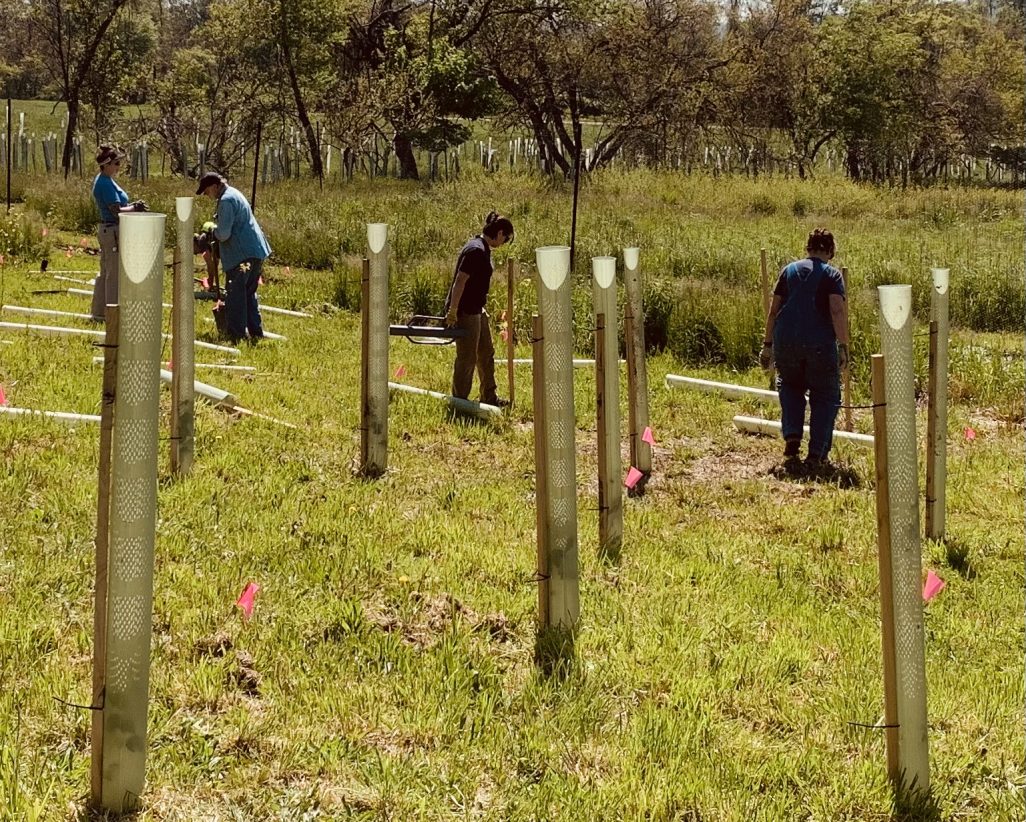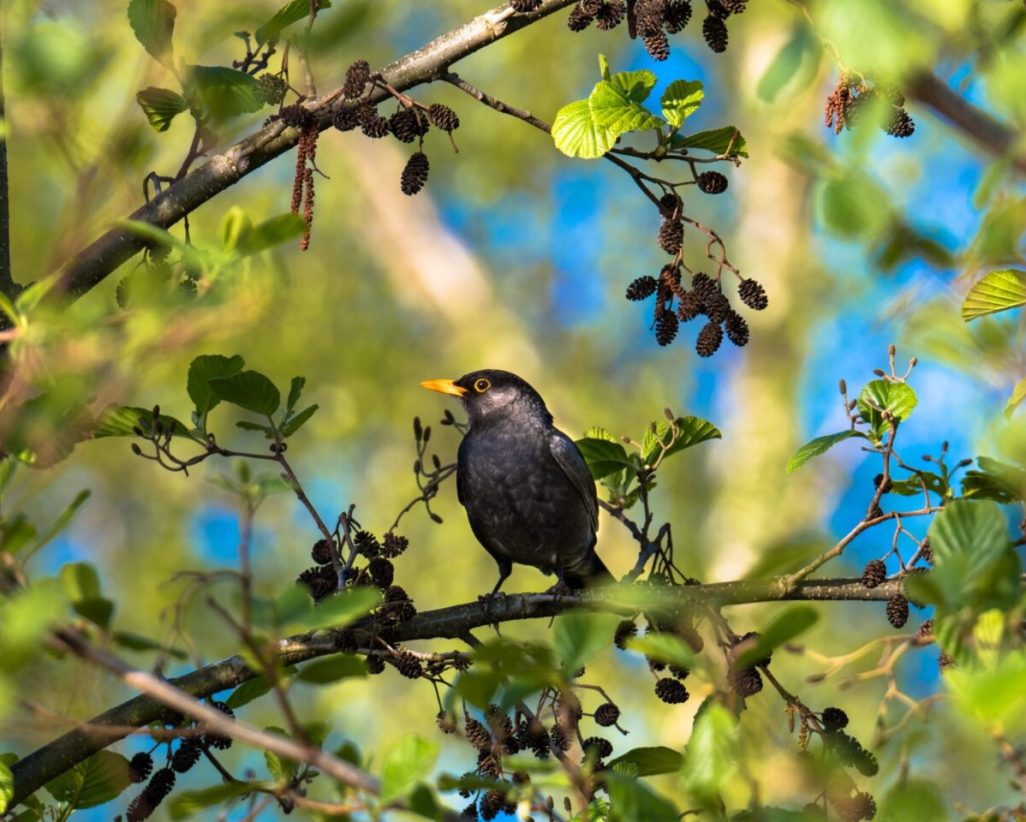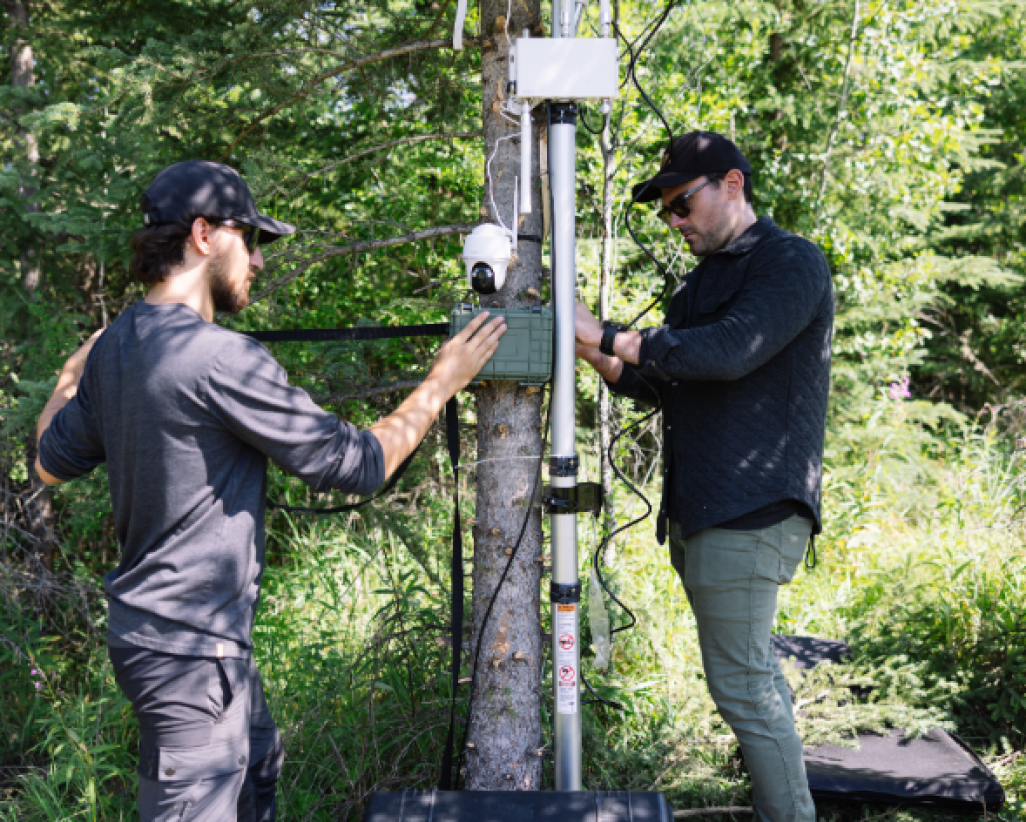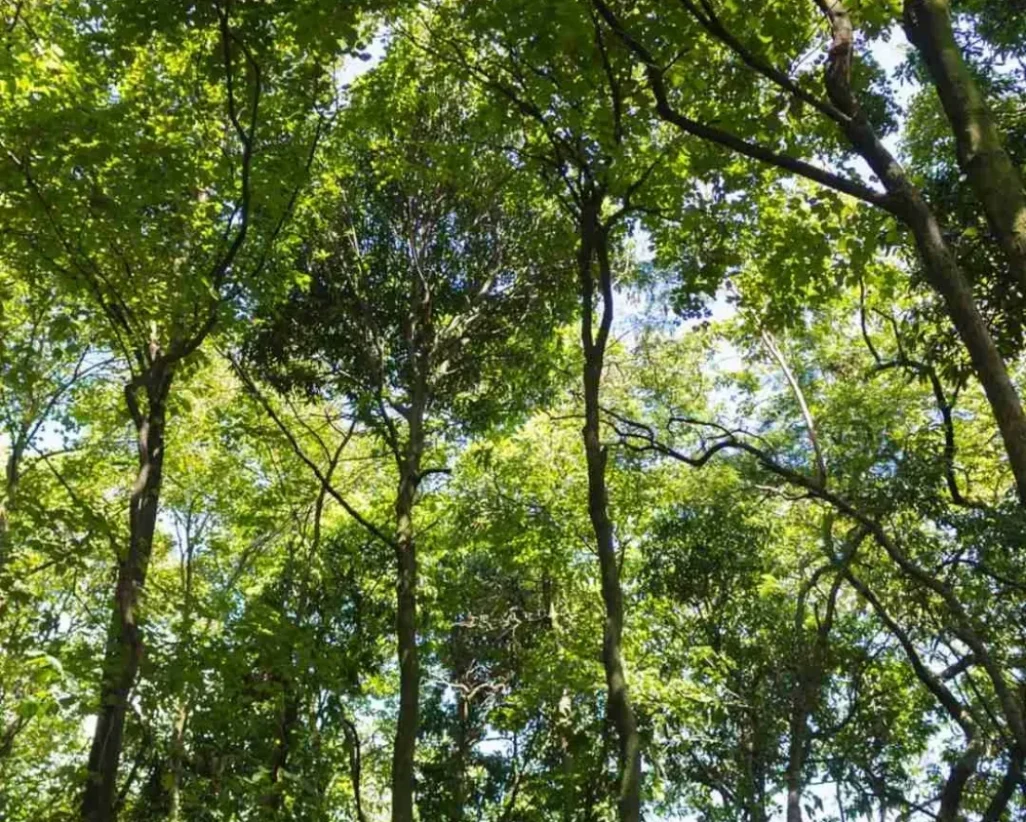This project supports agricultural, forestry, and stormwater goals outlined in Pennsylvania’s Chesapeake Bay Phase 3 Watershed Implementation Plan (PA WIP3). It will help progress toward the PA WIP3 goal of establishing 83,000 acres of buffers in the Susquehanna and Potomac watersheds.
While many projects focus on farmland, efforts may also include non-agricultural lands based on county priorities and demand. The priority counties listed below each have strong agricultural production, accounting for more than half of Pennsylvania’s agricultural output when considering crop yields and livestock. These activities contribute significantly to nutrient pollution. Seven of the eight counties are in southern Pennsylvania and contribute high nutrient and sediment loads to the Chesapeake Bay.
Planting 10 million native trees in total across Pennsylvania will improve water quality in the Chesapeake Bay by stabilizing stream and riverbanks and filtering runoff from agricultural, urban, and abandoned mine lands. This project offers unprecedented resources and easy access to a diverse range of high-quality tree species and supplies to support healthy forest buffer creation.
Priority sites include:
-
Trees planted along streams and upland areas, especially on agricultural lands (called “riparian buffers”)
-
Upland, agroforestry, and silvopasture plantings
-
Urban and suburban areas, including targeted street tree plantings within the Chesapeake Bay Watershed
-
Mine lands, using methods recommended by the Appalachian Regional Reforestation Initiative’s Forestry Reclamation Approach (contact us for details on this specialized work)
Priority region:
The main focus is on the bottom eight counties of Pennsylvania: Franklin, Adams, Lebanon, Lancaster, Centre, Cumberland, Bedford, and York.
Partners outside the Chesapeake Bay Watershed may also request trees, but if demand is high, priority will be given to these eight counties.
Read more here: Our Work in the Southeast US | One Tree Planted






